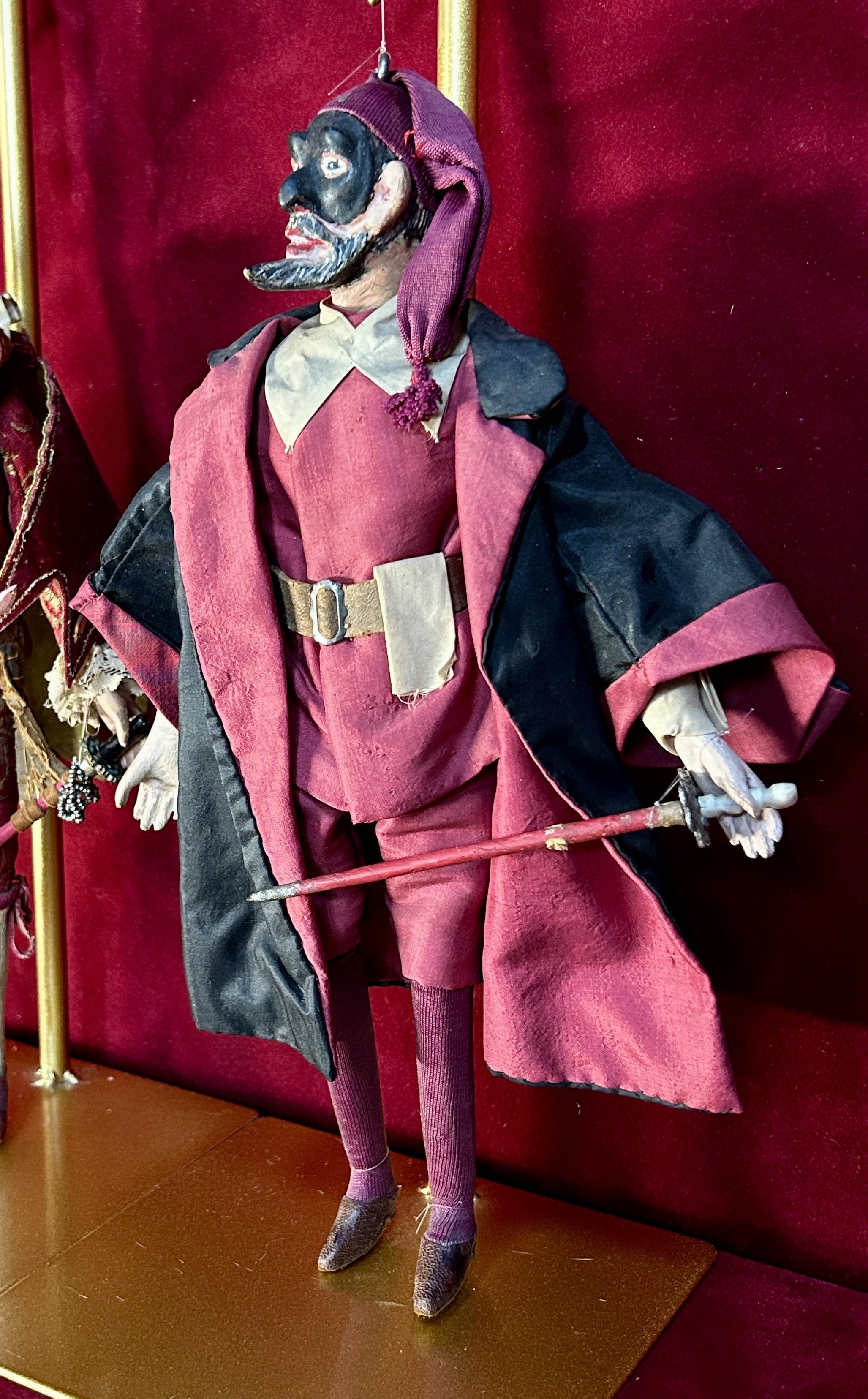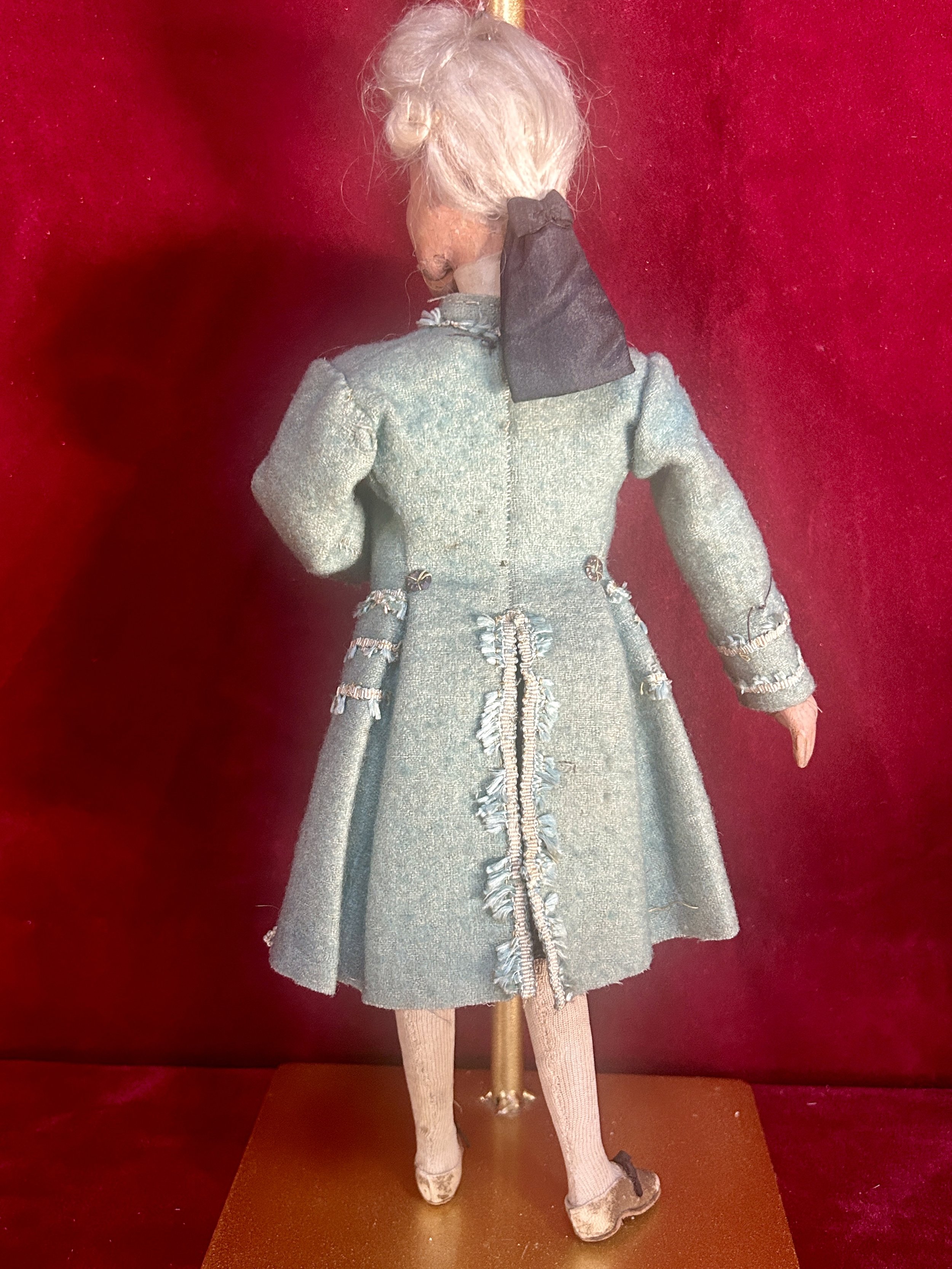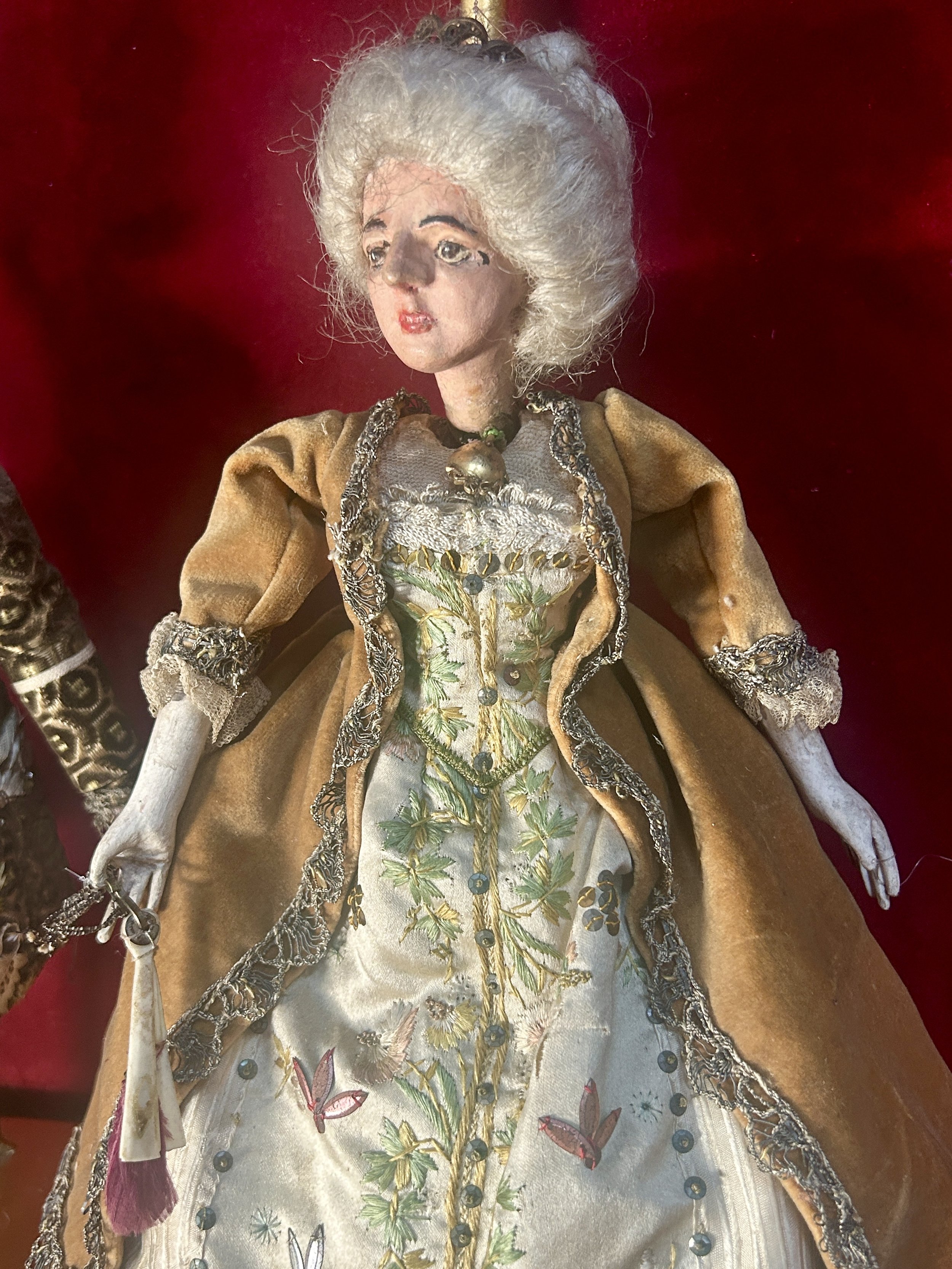 Image 1 of 69
Image 1 of 69

 Image 2 of 69
Image 2 of 69

 Image 3 of 69
Image 3 of 69

 Image 4 of 69
Image 4 of 69

 Image 5 of 69
Image 5 of 69

 Image 6 of 69
Image 6 of 69

 Image 7 of 69
Image 7 of 69

 Image 8 of 69
Image 8 of 69

 Image 9 of 69
Image 9 of 69

 Image 10 of 69
Image 10 of 69

 Image 11 of 69
Image 11 of 69

 Image 12 of 69
Image 12 of 69

 Image 13 of 69
Image 13 of 69

 Image 14 of 69
Image 14 of 69

 Image 15 of 69
Image 15 of 69

 Image 16 of 69
Image 16 of 69

 Image 17 of 69
Image 17 of 69

 Image 18 of 69
Image 18 of 69

 Image 19 of 69
Image 19 of 69

 Image 20 of 69
Image 20 of 69

 Image 21 of 69
Image 21 of 69

 Image 22 of 69
Image 22 of 69

 Image 23 of 69
Image 23 of 69

 Image 24 of 69
Image 24 of 69

 Image 25 of 69
Image 25 of 69

 Image 26 of 69
Image 26 of 69

 Image 27 of 69
Image 27 of 69

 Image 28 of 69
Image 28 of 69

 Image 29 of 69
Image 29 of 69

 Image 30 of 69
Image 30 of 69

 Image 31 of 69
Image 31 of 69

 Image 32 of 69
Image 32 of 69

 Image 33 of 69
Image 33 of 69

 Image 34 of 69
Image 34 of 69

 Image 35 of 69
Image 35 of 69

 Image 36 of 69
Image 36 of 69

 Image 37 of 69
Image 37 of 69

 Image 38 of 69
Image 38 of 69

 Image 39 of 69
Image 39 of 69

 Image 40 of 69
Image 40 of 69

 Image 41 of 69
Image 41 of 69

 Image 42 of 69
Image 42 of 69

 Image 43 of 69
Image 43 of 69

 Image 44 of 69
Image 44 of 69

 Image 45 of 69
Image 45 of 69

 Image 46 of 69
Image 46 of 69

 Image 47 of 69
Image 47 of 69

 Image 48 of 69
Image 48 of 69

 Image 49 of 69
Image 49 of 69

 Image 50 of 69
Image 50 of 69

 Image 51 of 69
Image 51 of 69

 Image 52 of 69
Image 52 of 69

 Image 53 of 69
Image 53 of 69

 Image 54 of 69
Image 54 of 69

 Image 55 of 69
Image 55 of 69

 Image 56 of 69
Image 56 of 69

 Image 57 of 69
Image 57 of 69

 Image 58 of 69
Image 58 of 69

 Image 59 of 69
Image 59 of 69

 Image 60 of 69
Image 60 of 69

 Image 61 of 69
Image 61 of 69

 Image 62 of 69
Image 62 of 69

 Image 63 of 69
Image 63 of 69

 Image 64 of 69
Image 64 of 69

 Image 65 of 69
Image 65 of 69

 Image 66 of 69
Image 66 of 69

 Image 67 of 69
Image 67 of 69

 Image 68 of 69
Image 68 of 69

 Image 69 of 69
Image 69 of 69






































































Very Rare Museum Quality Collection of 16 Venetian Marionette Puppets from 18th Century Commedia dell’arte Theatre Venice
Very Rare Museum Quality Collection of 16 Venetian Marionettes from 18th Century Venice, that were puppet characters for a Commedia dell’arte Theatre.
Four or five of the marionettes included here are near identical to those displayed in the V&A Museum’s Venetian marionette theatre collection which they date to 1734: https://collections.vam.ac.uk/item/O98537/marionette-theatre-unknown
Other similar marionettes can also be found in Carlo Goldoni’s House - Museum in Venice: https://carlogoldoni.visitmuve.it/en/il-museo/percorsi-e-collezioni/the-puppet-theatre
This unique collection creates a magical display that is full of historic charm, and each character seems to come to life as we step back in time to another world.
These 18th Century marionette puppets are made of carved & painted wood, terracotta and fabrics of the period.
The 18th Century costumes mostly seem all original and unrestored. Most remain in very good condition for the period. 2 have costume damages and loses (female to back of dress and green and yellow stripey male). A further 2 have partial costume damage (green cloak lining, and back of pierrot). See clear photos for condition of each Marionette. Restoration may be an option for those costumes, but here we offer them unrestored and in original historic condition. In many ways the wear and signs of age adds to their character and charm, and displays their authentic history & fragility.
Costumes include some accessories: masks, dagger, swords (2), paper scroll and fan.
Partial strings are still attached as found.
Height of each figure: 29 - 30cm.
Characters from the Commedia dell’arte include: Pantalone, the father (in maroon with a black cloak); The Doctor, his friend (entirely in black); The Lover; His Beloved, probably Pantalone’s daughter; Arlecchino (Harlequin), a comic servant (in a suit of many colours); Scapino, another servant (in white with green trimmings).
These marionettes were made in the 18th Century in Venice. It is likely that they were part of a private theatre, in the house of a rich nobleman.
The marionettes were originally supported on wires hooked to their heads, with a round handle (a ‘turnip’ control) for the operator to hold. There would have been strings to move the arms but none to the legs.
Puppet performances were very popular in Venice in the 17th and 18th centuries, both in public theatres and private houses. Many Opera’s were written to be acted by puppets (and sung by humans).
‘Commedia dell’arte’ is Italian for ‘comedy of art’. In itself the phrase does not mean much, but it is used to describe a kind of comic drama popular in Italy in the 16th and 17th centuries. It was performed by groups of strolling players, who took a collapsible stage around with them. They acted their plays mostly by miming, and the men usually wore grotesque masks. If they did use words, they made them up as they went along. But they always knew what was coming next, because the stories they acted were almost always the same, and were full of stock incidents of the kind we know as ‘situation comedy’.
Usually there was an old man called Pantalone, who was bitter towards young people. He had a daughter who wanted to marry a young man of whom Pantalone disapproved. Pantalone probably wanted to marry a young lady who did not like him and his elderly friends, like the Doctor, and might also pursue young girls in an undignified way. In such situations there was plenty of room for comic misunderstandings. These often arose through the mischievous efforts of the comic servants, Arlecchino (Harlequin), Scapino, Brighella and many others. These kept the action going and introduced slapstick humour.
Commedia dell’arte players travelled about to fairs, not only in Italy but through France and other countries of Europe, even reaching England. One unimportant character in the plays, Pulcinella, somehow turned into Punch and lived on in the Punch and Judy show.
Very Rare Museum Quality Collection of 16 Venetian Marionettes from 18th Century Venice, that were puppet characters for a Commedia dell’arte Theatre.
Four or five of the marionettes included here are near identical to those displayed in the V&A Museum’s Venetian marionette theatre collection which they date to 1734: https://collections.vam.ac.uk/item/O98537/marionette-theatre-unknown
Other similar marionettes can also be found in Carlo Goldoni’s House - Museum in Venice: https://carlogoldoni.visitmuve.it/en/il-museo/percorsi-e-collezioni/the-puppet-theatre
This unique collection creates a magical display that is full of historic charm, and each character seems to come to life as we step back in time to another world.
These 18th Century marionette puppets are made of carved & painted wood, terracotta and fabrics of the period.
The 18th Century costumes mostly seem all original and unrestored. Most remain in very good condition for the period. 2 have costume damages and loses (female to back of dress and green and yellow stripey male). A further 2 have partial costume damage (green cloak lining, and back of pierrot). See clear photos for condition of each Marionette. Restoration may be an option for those costumes, but here we offer them unrestored and in original historic condition. In many ways the wear and signs of age adds to their character and charm, and displays their authentic history & fragility.
Costumes include some accessories: masks, dagger, swords (2), paper scroll and fan.
Partial strings are still attached as found.
Height of each figure: 29 - 30cm.
Characters from the Commedia dell’arte include: Pantalone, the father (in maroon with a black cloak); The Doctor, his friend (entirely in black); The Lover; His Beloved, probably Pantalone’s daughter; Arlecchino (Harlequin), a comic servant (in a suit of many colours); Scapino, another servant (in white with green trimmings).
These marionettes were made in the 18th Century in Venice. It is likely that they were part of a private theatre, in the house of a rich nobleman.
The marionettes were originally supported on wires hooked to their heads, with a round handle (a ‘turnip’ control) for the operator to hold. There would have been strings to move the arms but none to the legs.
Puppet performances were very popular in Venice in the 17th and 18th centuries, both in public theatres and private houses. Many Opera’s were written to be acted by puppets (and sung by humans).
‘Commedia dell’arte’ is Italian for ‘comedy of art’. In itself the phrase does not mean much, but it is used to describe a kind of comic drama popular in Italy in the 16th and 17th centuries. It was performed by groups of strolling players, who took a collapsible stage around with them. They acted their plays mostly by miming, and the men usually wore grotesque masks. If they did use words, they made them up as they went along. But they always knew what was coming next, because the stories they acted were almost always the same, and were full of stock incidents of the kind we know as ‘situation comedy’.
Usually there was an old man called Pantalone, who was bitter towards young people. He had a daughter who wanted to marry a young man of whom Pantalone disapproved. Pantalone probably wanted to marry a young lady who did not like him and his elderly friends, like the Doctor, and might also pursue young girls in an undignified way. In such situations there was plenty of room for comic misunderstandings. These often arose through the mischievous efforts of the comic servants, Arlecchino (Harlequin), Scapino, Brighella and many others. These kept the action going and introduced slapstick humour.
Commedia dell’arte players travelled about to fairs, not only in Italy but through France and other countries of Europe, even reaching England. One unimportant character in the plays, Pulcinella, somehow turned into Punch and lived on in the Punch and Judy show.
SHIPPING:
Purchase price does not include shipping. All items are shipped fully insured from our London SE18 address. Or collection is possible most days by appointment.
We will package small to medium items for shipping, or box or wrap larger items sent by courier, at no charge. If a larger item requires to be sent in a crate that will be part of the shipping cost.
Customer to pay for shipping / courier & insurance after purchase - cost depends on item and destination.
The customer will also have to pay any import taxes & duties directly to the authority depending on the destination countries policy.
Small to medium items that aren't fragile can be sent via Fedex to UK, EU and Rest of World. We would recommend sending any larger fragile or large items by courier vans to UK addresses. We have also used reliable and affordable couriers for such items to West & Central EU. Large and fragile items can also be sent crated via shipping companies.
We can offer advice and a close estimated quote in advance of purchase, and advise on the most cost effective but safe options..
We can also advise on import VAT charges to the EU (antiques and works of art over 100 years old are charged at a lower % tax to EU countries, usually around 5.5%).
As of late 2025 the USA now charges a 10% tarif, despite antiques of over 100 years old having zero tarif-line duty. Tarifs will also vary depending on an items country of manufacture. There may also be a US customs processing & clearance fee. We will work with you to provide the correct commodity code and paperwork to minimise any such tarif/fees as much as possible.
Most items are antique and fragile and some wear should be expected. Condition will be accurately reported in item descriptions
Items are honestly & accurately described with clear photos. All sales are final, with no returns (unless misrepresented in the listing - any issues to be confirmed within one week of delivery).
Please email with any questions.